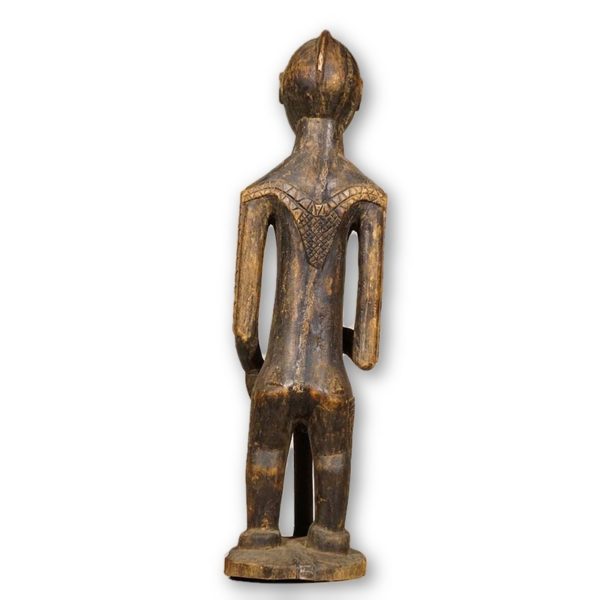
Village of Oursi on the edge of the Mare d’Oursi, a wetland of international importance for Palearctic bird migrations. These kingdoms were centres of the trans-Saharan trade. They established powerful kingdoms such as the Ouagadougou, Tenkodogo, and Yatenga. The first people to settle in the area are the Mossi people in the 11th and 13th century.

The more favorable climate and permanent rivers make them quite suitable to agriculture, with cash crops becoming increasingly important. Burkina Faso, previously known as Upper Volta, was once part of French West Africa since 1896 until 1960. With rainfall varying from 650 mm to over 1,000 mm, they extend over the more humid Sudanian Region. The southern ecoregions, from the Pendjari plains (PEN) in the east, to the Bwa Plateau and Comoé Poni Basin (PONI) in the southwest, cover a wide bioclimatic gradient. The Mossi people have been farming here for generations, almost exclusively planting millet and sorghum, particularly in the numerous valleys and low-lying areas (Marchal, 1977 Dugué, 1993). Moving south, the Plateaus of Samo, Gourmantché (PG), and the Nord Plateau Mossi (NPM–North Mossi Plateau) dominate the north-central part of the country, where population density is high. The large northern ecoregions, Liptako Sahel (LIP), Gondo-Mondoro (GM), and Gourma Malien (GR), belong to the Sahelian Region and are dominated by shrub savanna and steppe. Due to a planned power outage on Friday, 1/14, between 8am-1pm PST, some services may be impacted. Several rivers cross Burkina Faso all are tributaries of one of three major rivers: the Volta, the Comoé, and the Niger.

The Koutiala Plateau (PK), a sandstone block situated in the country’s southwest, is the highest and most rugged part of the country. The Mossi Kingdoms, sometimes referred to as the Mossi Empire, were a number of different powerful kingdoms in modern-day Burkina Faso which dominated the region of the upper Volta river for hundreds of years. Burkina Faso is fairly flat, with an extensive peneplain that covers about three quarters of the country elevations range from 250 to 400 m.


 0 kommentar(er)
0 kommentar(er)
